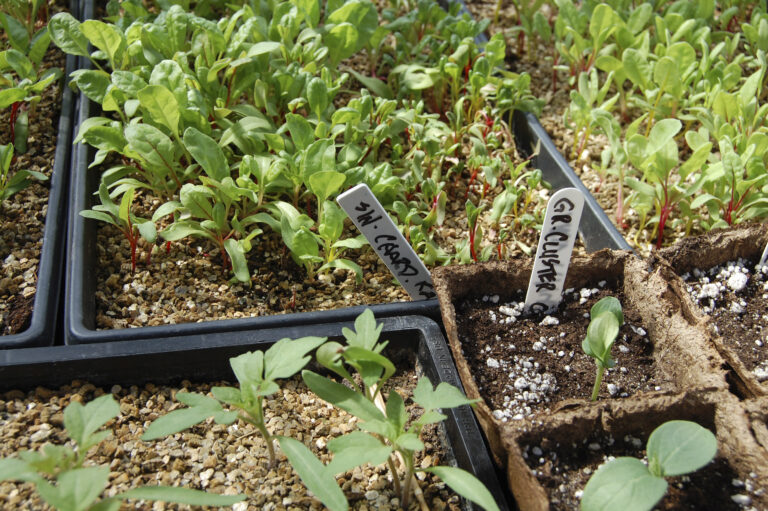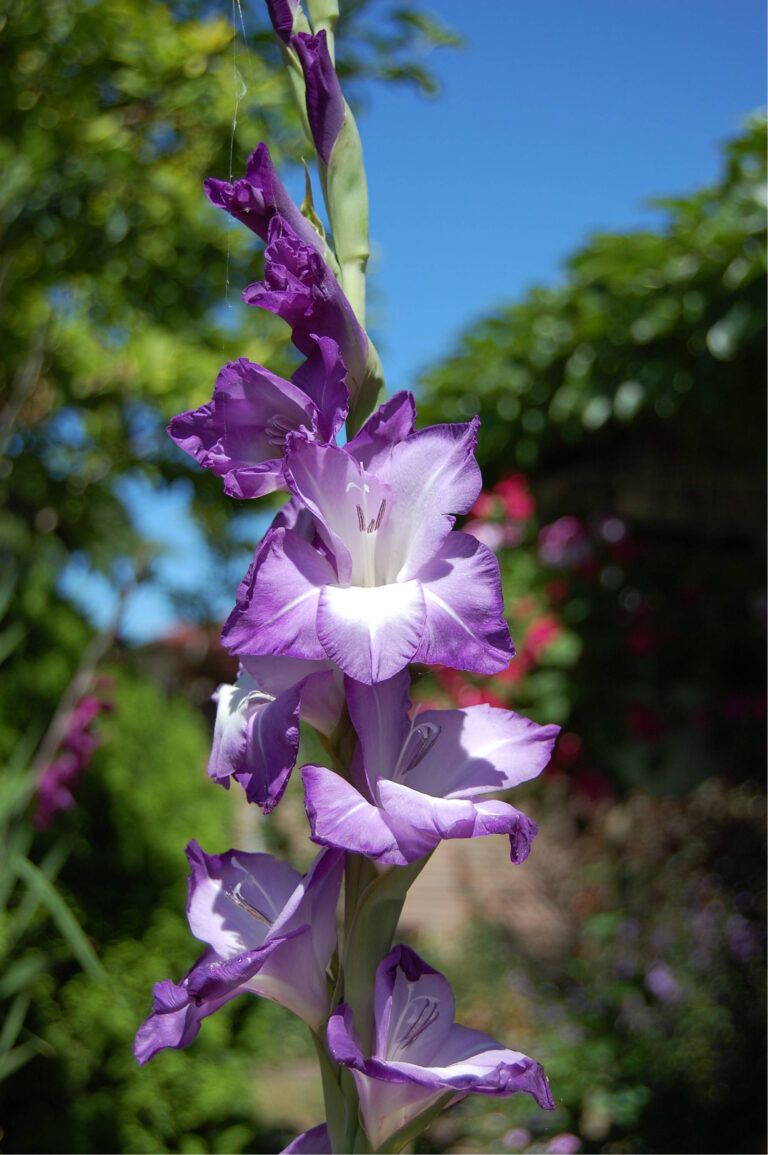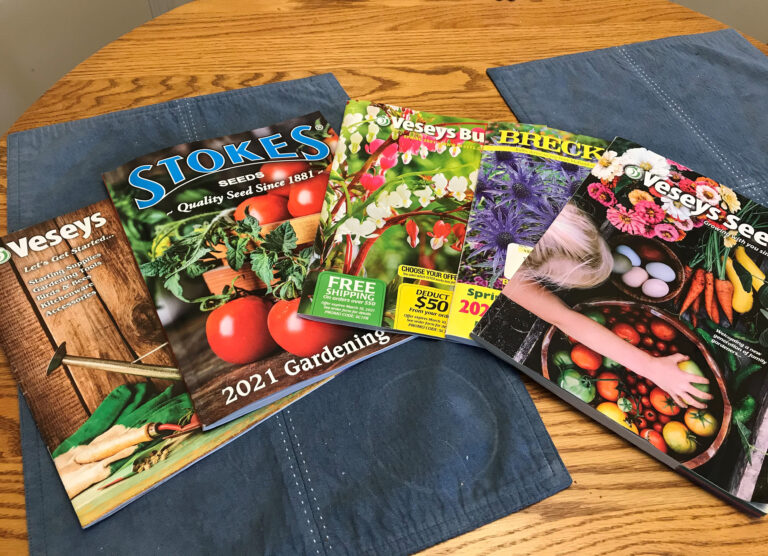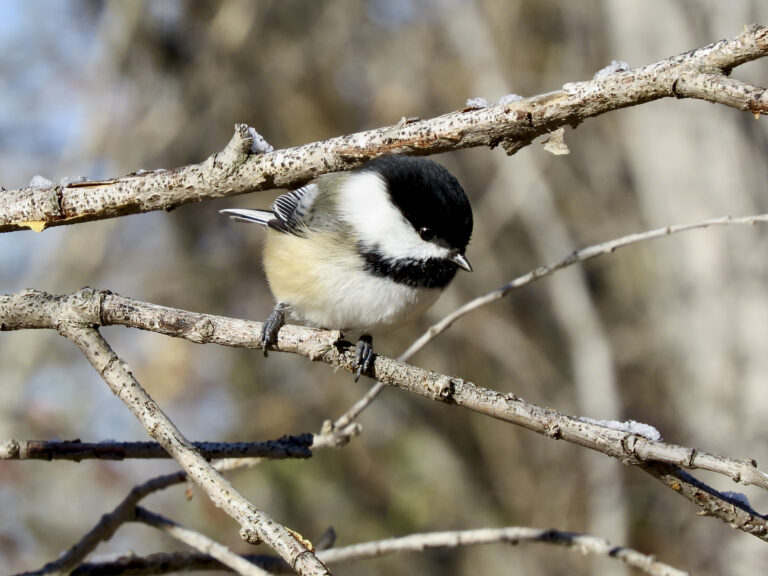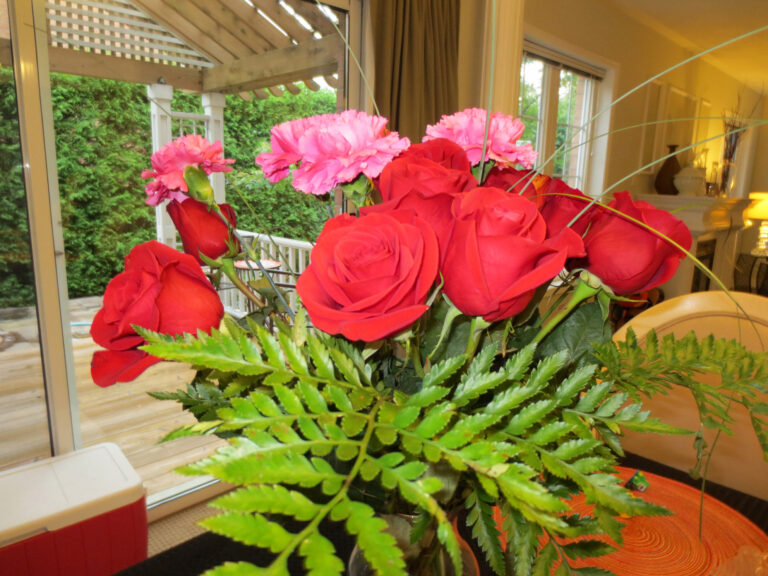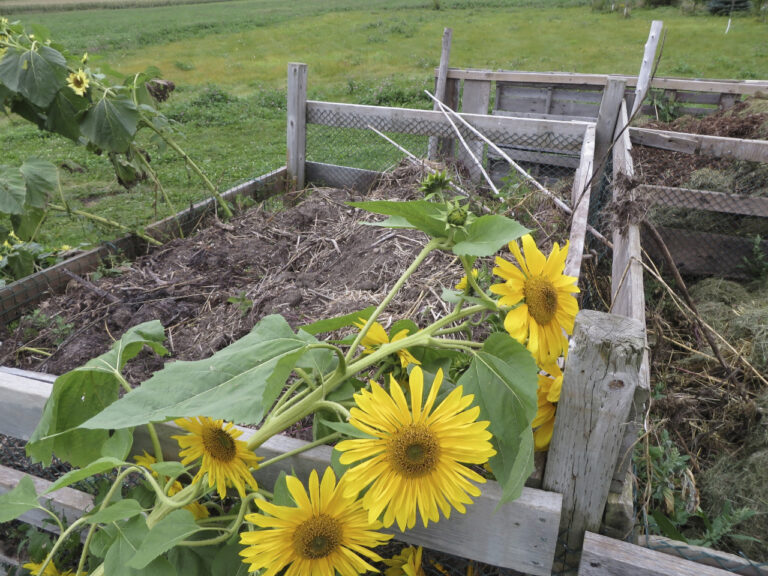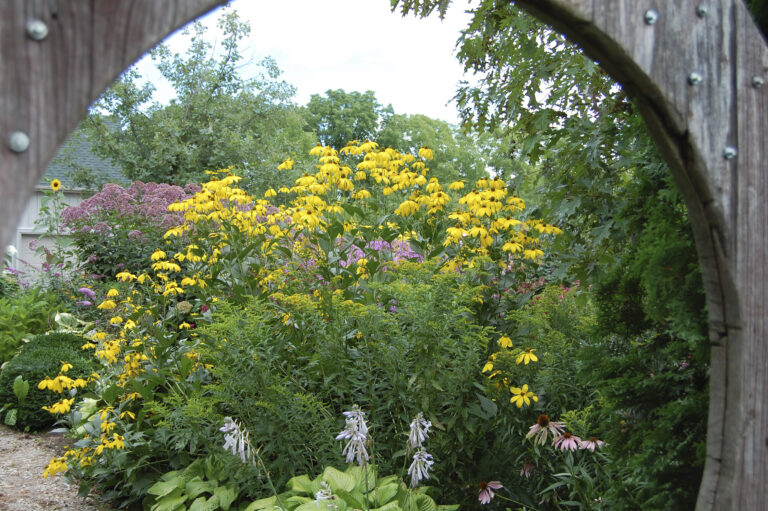by Mark and Ben Cullen
If your garden brought you joy and serenity in 2020, this could be the year that you decide to rock out. That is, install a rock garden.
Despite the name, rock-gardening does not involve growing rocks but rather building a garden around them.
We love rock gardens for a host of reasons. They provide year-round interest and are permanent, as rock never dies. Rock gardens provide habitat for insects and beneficial bacteria between crevices, increasing the overall biodiversity in your yard. Hot, windy, and arid environments are perfect for alpine rock gardens when populated with drought-tolerant plants. Cool, shady, and damp environments work well too, where a woodland rock garden can be populated with moss and ferns.
Rocks are abundant in Canada. Whether you buy them, or you know a farmer who is happy to let you pick them out of their fields and windrows (with permission of course) – rocks are not hard to come by.
Here are our top seven tips for building a great rock garden:
- Stretch your muscles, lift with your legs. We both have enough experience with an aching back to advise on this with some authority. Moving rocks around is not a typical activity for most gardeners, so pay attention to your body as you move them, rent a machine, or call on some help to avoid injury.
- Source your rocks. If you do not have a source of rocks, look in your area for a stone supplier where you are likely to find ethically sourced rocks. Look for “landscape supplies” as a start in your search.
- Start big, go small. Your enthusiasm for moving big rocks is likely to wane quickly, so get the big rocks in place before you start to burn out. If they are really big, rent a machine or hire a professional to move them. Bigger rocks provide overall structure to your rock garden while smaller rocks give texture and finer shape. Consider moving smaller rocks as your plants mature.
- Make use of layering. Height is one of the most underused design elements in garden design as it can be difficult to alter elevations on a property. Not so with rock gardens. It only takes a few large rocks dropped into place to add layers of visual interest, so use them to your advantage.
When laying out your rocks, use the natural strata lines in them to guide your arrangement. Most rocks possess striations that look most natural when lined up in the same direction.
- Use the right soil. Rock gardening is an opportunity to improve soil conditions. A rock garden in a sunny position will heat up naturally early in the season, giving you a jump on spring.
If you plan to build an alpine style rock garden, backfill with plenty of well drained sandy soil. For a woodland rock garden, add plenty of organic material, i.e., compost, to mimic a fertile deciduous forest floor.
- Plant selection. Imagine your rock garden as if it were a natural environment. What would be growing there? Alpine rock gardens do well with drought tolerant sedums, sempervivums, hens and chicks, and a backdrop of perennial grasses or pine trees. For a shady rock garden consider native woodland plants such as Wood fern (Dryopteris marginalis) or Lady fern (Athyrium felix-femina) and Irish moss. (Sagina subulata).
- Get inspired! There are infinite opportunities and design ideas for incorporating rocks into the garden. Spend some time checking out famous rock gardens online, such as the Ryōan-ji temple in Kyoto (http://www.ryoanji.jp/smph/eng/), or our one of our favourite public gardens close to home – the Rock Garden at the Royal Botanical Garden in Burlington, which underwent massive rejuvenation in 2016 (currently closed due to COVID-19, check online). https://www.rbg.ca/gardens-trails/by-attraction/rock-garden/
Think, visualize, and build your rock-star garden this spring.
Mark Cullen is an expert gardener, author, broadcaster, tree advocate and Member of the Order of Canada. His son Ben is a fourth-generation urban gardener and graduate of University of Guelph and Dalhousie University in Halifax. Follow them at markcullen.com, @markcullengardening, and on Facebook.


